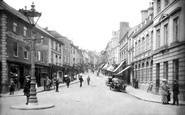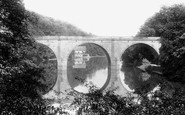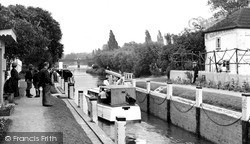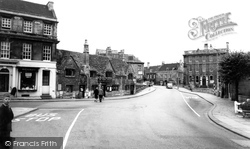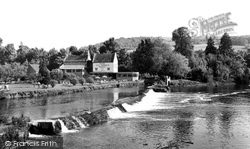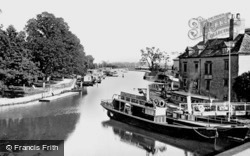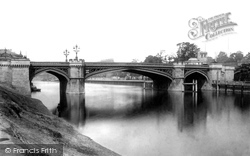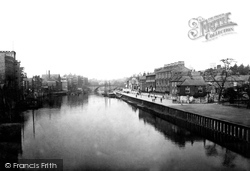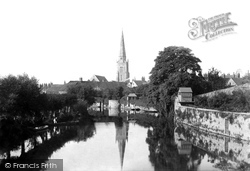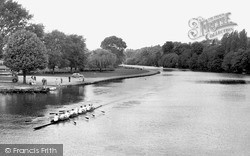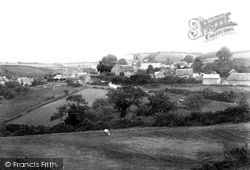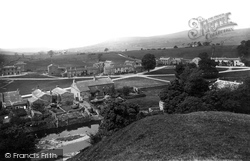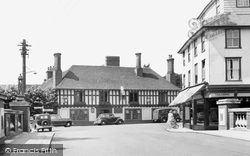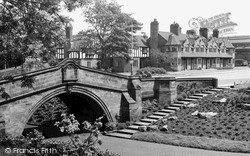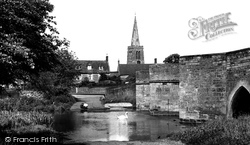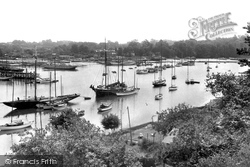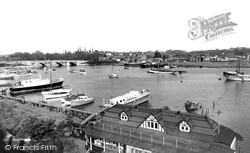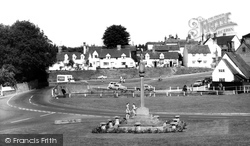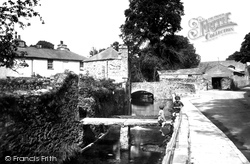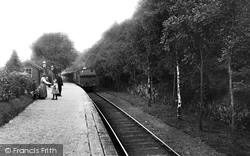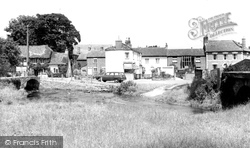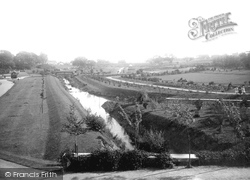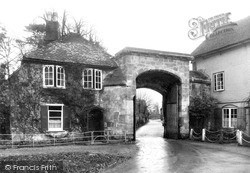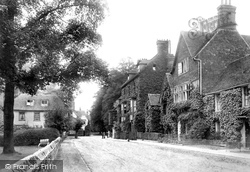Places
17 places found.
Those places high-lighted have photos. All locations may have maps, books and memories.
- Bridge End, Oxfordshire
- Bridge End, Lincolnshire
- Bridge End, Essex
- Bridge End, Bedfordshire
- Bridge End, Clwyd
- Bridge End, Warwickshire
- Bridge End, Surrey
- Bridge End, Durham (near Frosterley)
- Bridge End, Northumberland (near Hexham)
- Bridge End, Hereford & Worcester (near Tirley)
- Bridge End, Hereford & Worcester (near Bosbury)
- Bridge End, Shetland Islands
- Bridge End, Cumbria (near Carlisle)
- Bridge End, Northumberland (near Hexham)
- Bridge End, Devon (near Kingsbridge)
- Bridge End, Devon (near Sidmouth)
- West End, Yorkshire (near Pateley Bridge)
Photos
40 photos found. Showing results 981 to 40.
Maps
520 maps found.
Books
2 books found. Showing results 1,177 to 2.
Memories
1,925 memories found. Showing results 491 to 500.
Wembley
I was born in Park Royal Hospital in Dec 1948. I remember Woolworths in Wembley town had an exit on a corner of the high street and there were trolley buses all round. We used to shop for toys and games in George Arthur's which seemed huge ...Read more
A memory of Wembley in 1956 by
East The Water
Hi Folks, I am looking for an old photograph. Just over the bridge on the East The Water side of Bideford is the parking lot for the Royal Hotel. In days gone by, and in my youth, as I was born in Torrington Street, it used to be ...Read more
A memory of Bideford in 1956 by
Freedom For Play
Maiden name Winter. I was born and raised in Gelli-gron Terrace, which you can see in this photo was a side street off Waunrhydd Road. The location from which this photo was taken we called 'the tump' where we children of ...Read more
A memory of Tonyrefail in 1956 by
No.1 Lycett Road.
My friends, the 'Bartups', lived at No.1 Lycett Road. John, the father was an accountant who worked for ICI. His wife Isabella (Bella) was a Scots lady from Kirkcudbright, I believe. Two children John and Jean. John went to the ...Read more
A memory of Wallasey in 1956 by
Manvers. Old Big Yard Housing
My family and I lived in the old houses along the canal, there was a large archway leading into what we called the big yard, I was very small and can still remember the smell of the coal trains as we stood on ...Read more
A memory of Wath Upon Dearne in 1956 by
Childhood In The 1950s
Life for a child in the village of Worle in the 1950s was exciting, parochial and safe. Our parents did not lose sleep over thoughts of us being molested. Children were more likely to be in danger from their own recklessness ...Read more
A memory of Worle in 1956 by
Childhood
I was the son of the cobbler at the Klondyke pit. All the kids at that time played in the streets or went up to the pit head baths for a shower, this was because there were no baths or showers in the miners' houses. Everybody in the ...Read more
A memory of Newcraighall in 1956 by
Triangle In The 50s
My name is Monica Sekulka, I lived at Oaken Royd, Triangle, on the Norland side of the valley. Our house was one of 8, back to back - which the local council decided to demolish in their haste for modernity sometime ...Read more
A memory of Triangle in 1956 by
Daily Walk To Lectures
While I was at Durham University I attended St. Mary's College, on the opposite side of the River Wear from the City centre, and every day I had to walk across this bridge over the river, which was strictly a footbridge. The ...Read more
A memory of Durham in 1956 by
Growing Up In East Ham
We moved to East Ham from Bow when I was about 3 years old. I lived in Clements Road there was Mum and Dad, Nan and Grandad and my brother. I went to Lathom School, where I met my first love. I also remember Mr Cordwell and ...Read more
A memory of East Ham in 1956 by
Captions
1,770 captions found. Showing results 1,177 to 1,200.
During the summer months the small shop, which he has just visited, does a flourishing trade selling teas, ices and postcards, The bridge that carries the Twyford to Henley railway line over the Thames
In his 'Topographical Collections' of 1659-70, John Aubrey wrote: 'Here is a strong and handsome bridge in the middest of which is a little chapell as at Bathe, for Masse'.
The mill is actially on the Bathampton or south bank of the Avon, beyond the toll bridge. In this view it has been converted into the Weir Tea Garden Hotel, and the meadow turned into a tea lawn.
Here we see steamers and pleasure craft on the Thames at Oxford. This photograph was taken from Folly Bridge, which originally had a tower and gatehouse.
We are looking towards Ouse Bridge with South Esplanade on the right.The view has remained virtually the same, except for the difference in the river traffic and a change of use for some of the
We are looking towards Ouse Bridge with South Esplanade on the right.The view has remained virtually the same, except for the difference in the river traffic and a change of use for some of the
This view was taken looking along the backwater from Abingdon Bridge with the gardens of houses in East St Helen Street on the right and a then well-treed Nag's Head Island on the left.
This view, looking west from the present Caversham Bridge past the Reading Rowing Club behind the coach, shows well the flat south bank in contrast to the steep and heavily treed Caversham bank.
This view was taken from Nettlecombe looking towards the thatched Knapp House and St Mary's Parish Church (centre).
The old Roman road drops steeply down onto the green, via a bridge over the short river from Semer Water, two miles away.
This road takes its name from the bridge over the River Colne, visible in the foreground of the picture.
Dell Bridge was built in 1894 to span what was once the upper reaches of Dell Creek, a former tidal creek that once divided the village in half.
This view looks across the River Ise towards the parish church with its graceful 15th-century tower and tall recessed spire.
This was remodelled by Sir Robert Dundas of Loftus Hall, who took a keen personal interest in restoring and developing Loftus.
Until the beginning of the 19th century the only crossing of the Hamble was by ferry.The first structure was a toll bridge; today the river is spanned by various busy roads and a motorway—a far
Until the beginning of the 19th century the only crossing of the Hamble was by ferry.The first structure was a toll bridge; today the river is spanned by various busy roads and a motorway—a far
This has its pros and cons: the narrow bridge looks quaint, but it has to take up to 500 coachloads of visitors a year. And there is no car-park.
The River Ashburn rises high on Dartmoor and empties into the River Dart near Buckfastleigh, gurgling through Ashburton as it does so.
The locomotive comes tender first into Newby Bridge station, where it is awaited by the station-master.
Two bridges and a ford cross the stream that flows past the Blue Anchor Inn, which stands at the centre of the village.
The three-mile trip along the Dee to Eccleston Ferry was, and remains, a popular summer season excursion. Here we have a small paddle steamer on the Eccleston Ferry/Eaton Hall run.
Often referred to by locals as the 'Flower Gardens' here is the same scene some 35 years after that shown in 38714 (above) and a new concrete bridge is in place.
The Gate leads directly to Harnham Bridge over the River Avon.
The Gate leads directly to Harnham Bridge over the River Avon. This was an important medieval trading entrance to the city for traders and travellers from the west.
Places (17)
Photos (40)
Memories (1925)
Books (2)
Maps (520)

